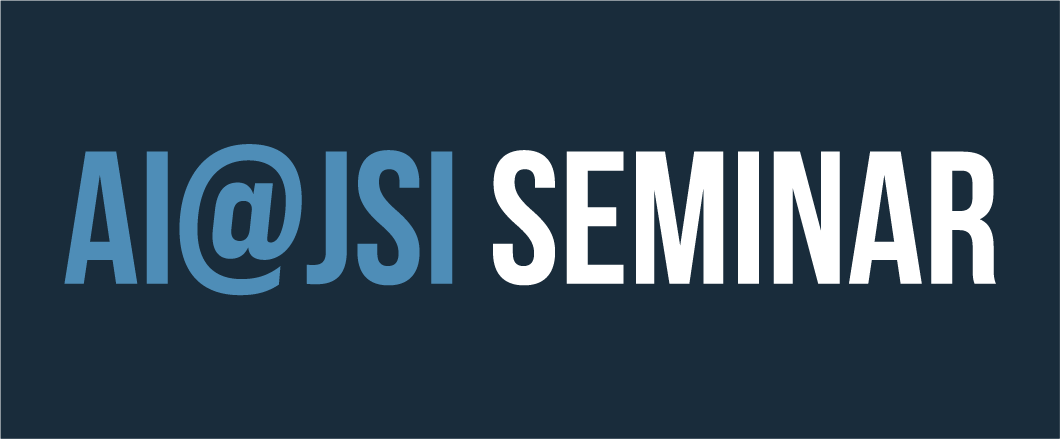I will first give a quick summary of Learning from Data Streams, and of Continual Learning, including some recent work on Online Continual Learning. I will give an overview of the TAIAO project, which stands for “Time-Evolving Data Science and Artificial Intelligence for Advanced Open Environmental Science”. Finally, I will quickly present the works of my current and recently finished PhD students, comprising the following topics: – Advanced Adaptive Classifier Methods for Data Streams – SO-KNL: Self-optimising K-Nearest Leaves Regression Ensembles – Anomaly Detection in Streaming Data – AutoML for Data Streams – Self-supervised Feature Extractor Training for Alzheimer’s Disease Classification – Feature Extractor Stacking for Cross-domain Few-shot Learning – ML Approaches for Malware Classification based on Hybrid Artefacts – Using LLMs to assess cybersecurity thread notes – Fake News detection in Urdu – Normalising Flows for Environmental Data – Fast Clustering using GPUs, 13:00
24/04/2024 at 13.00
Your data is not i.i.d.: Learning from Data Streams

Bernhard Pfahringer
Your data is not i.i.d.: Learning from Data Streams
University of Waikato, New Zealand
Bernhard Pfahringer received his PhD degree from the University of Technology in Vienna, Austria, in 1995. He is a Professor with the Department of Computer Science, and a co-director for the AI Institute at the University of Waikato in New Zealand. His interests span a range of data mining and machine learning sub-fields, with a focus on streaming, randomization, complex data, and, inevitably over the last few years, Deep Learning as well.

Bernhard Pfahringer
University of Waikato, New Zealand
Bernhard Pfahringer received his PhD degree from the University of Technology in Vienna, Austria, in 1995. He is a Professor with the Department of Computer Science, and a co-director for the AI Institute at the University of Waikato in New Zealand. His interests span a range of data mining and machine learning sub-fields, with a focus on streaming, randomization, complex data, and, inevitably over the last few years, Deep Learning as well.

